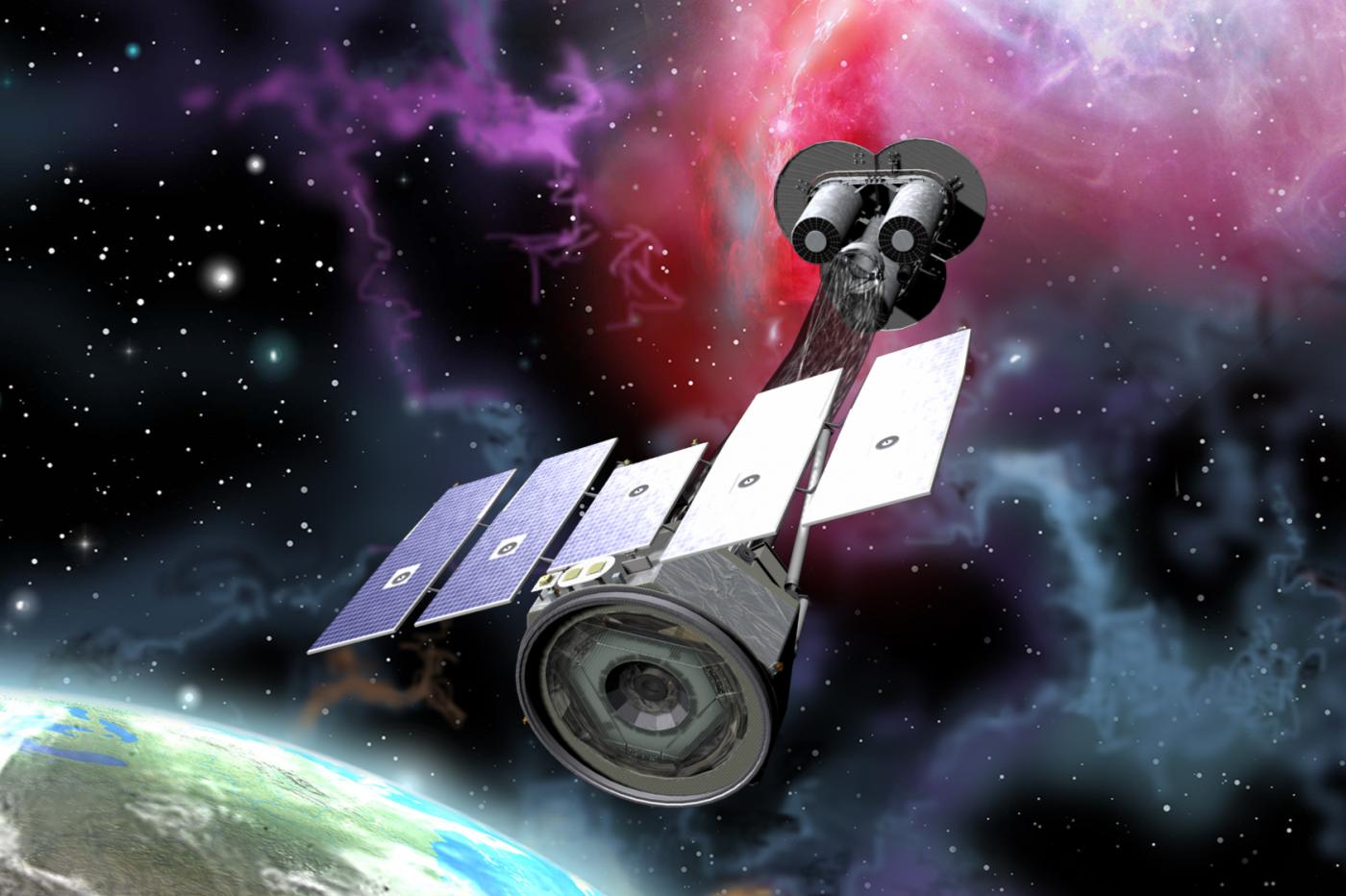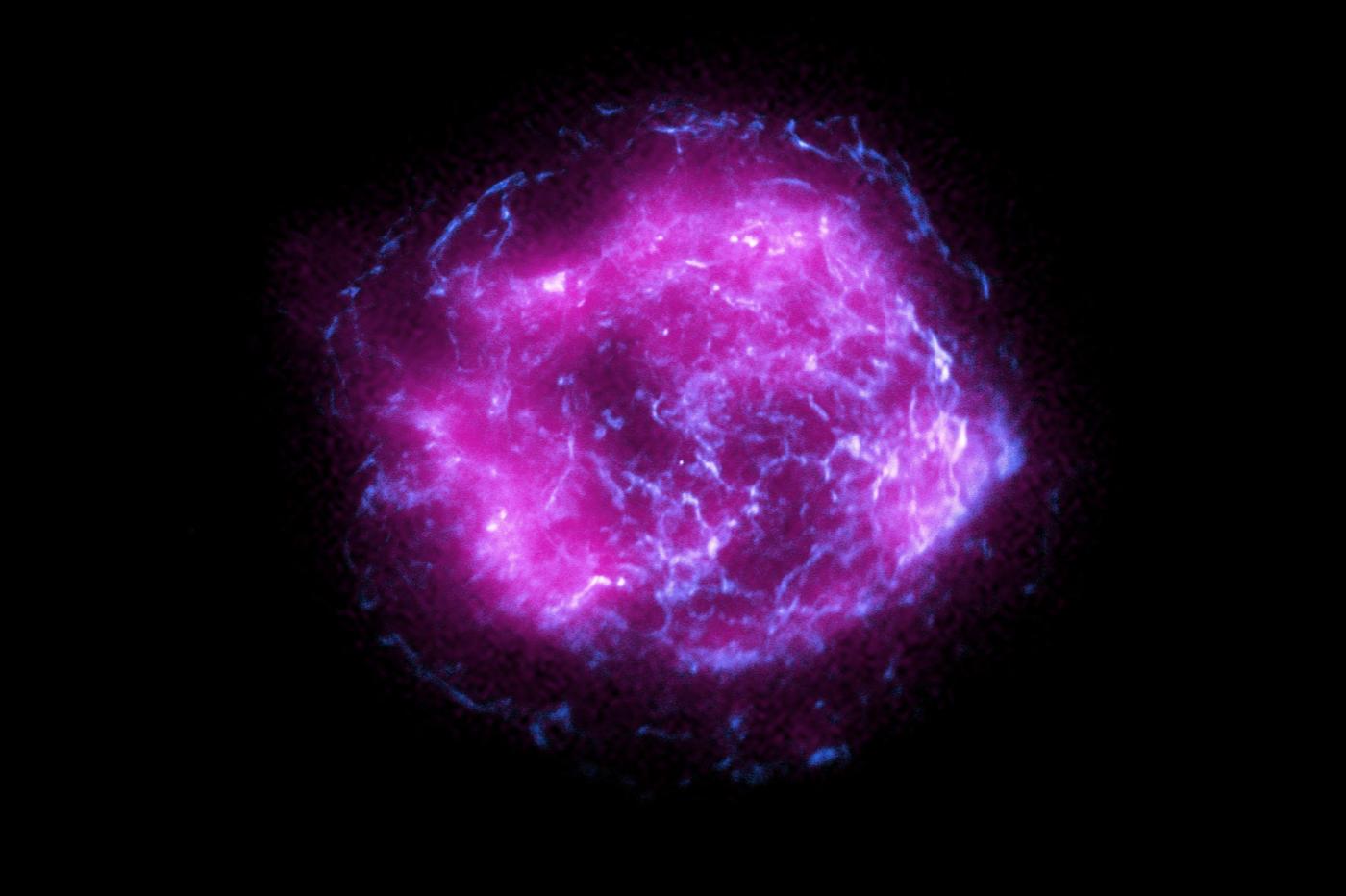
IXPE, NASA’s new X-ray chaser, recently entered service to assist with the Chandra Telescope; the agency unveils its very first image today.
Last December, NASA launched a probe dubbed the Imaging X-Ray Polarimetry Explorer, or IXPE. The craft recently captured its first images, and these were unveiled yesterday by the US space agency.
This is a mission devoted to the study of the polarization of X-rays. And if astronomers are interested in it, it is because in addition to being very useful in the context of medical examinations, they are also produced during some of the most extreme cosmic events, such as supernova explosions.
X-ray hunting is one of the best ways to study the end of life of stars, as well as many other phenomena. It is for this reason that NASA built the Chandra Space Telescope, which was launched in 1999 aboard the Space Shuttle Columbia. The latter has spent many years scanning the universe in search of X-rays; IXPE will now take up the torch by focusing on the polarization of these rays. The two telescopes will even “collaborate” to some degree, as astronomers will be able to combine observations from both instruments, as seen in the image below.

The hunt for polarization
A wave is nothing more than a disturbance moving through a medium. The polarization of a wave designates the fact that in certain electromagnetic waves, including light, this disturbance can be oriented in a privileged direction. This is a phenomenon that photographers regularly exploit; indeed, polarizing filters are one of the essential accessories. They make it possible to attenuate reflections, improve contrasts and increase the saturation of the image.
On board IXPE, the idea is quite similar; By looking at the polarization of polarized X-rays, researchers can determine how these rays are “oriented” as they travel through space. This is especially important, as this polarization holds crucial clues to the environment where they were created.
Astronomers hope that this new observatory will allow them to precisely trace the source of the radiation previously identified by Chandra. And that’s what IXPE started doing with the supernova remnant Cassiopeia A, one of the first subjects photographed by its illustrious predecessor.
“The image of Cassiopeia A by IXPE is as historic as that of Chandra took of the same object”, rejoices Martin C. Weisskopf, American manager of the program. “This demonstrates its potential to collect information never before envisaged“, he says. “It’s a great picture”, adds Paolo Soffitta, Italian manager of the mission. “We look forward to further analyzing the polarimetry data”, he concedes.
The next step will be to analyze IXPE’s productions using a brand new system based on machine learning. They will thus be able to identify the exact origin of the X-rays with fabulous precision, which already promises some superb photos and as many spectacular discoveries.



